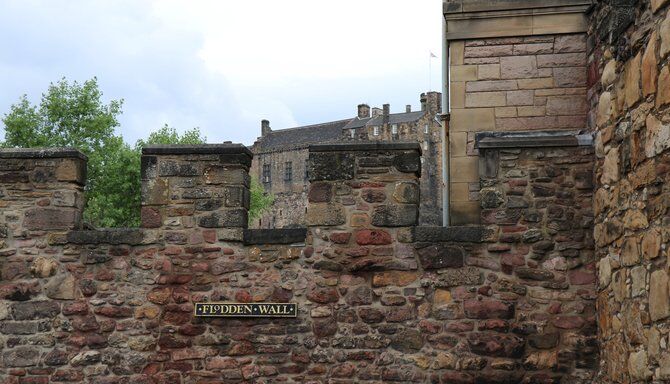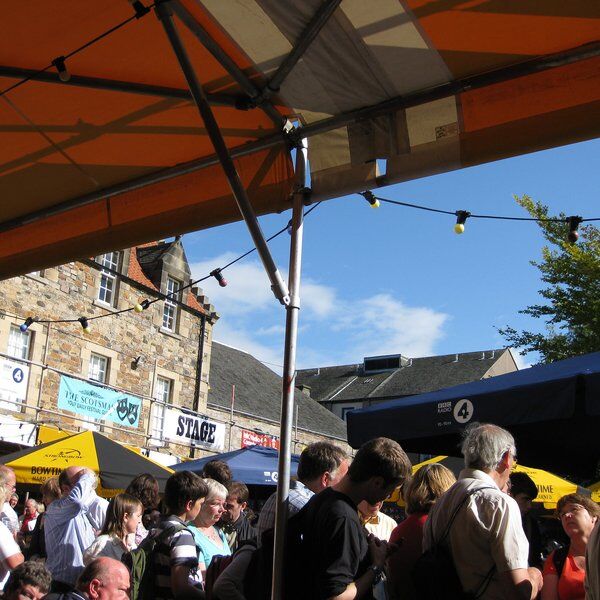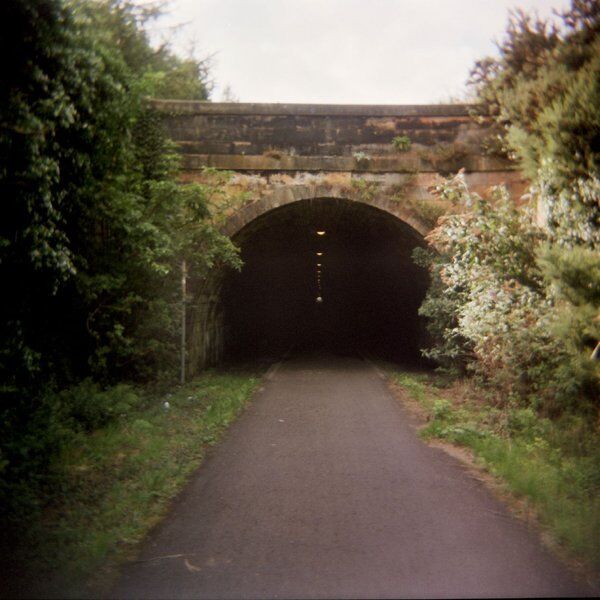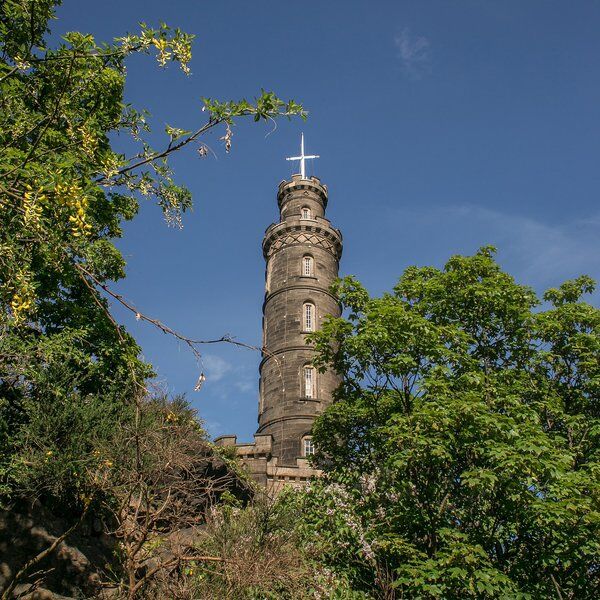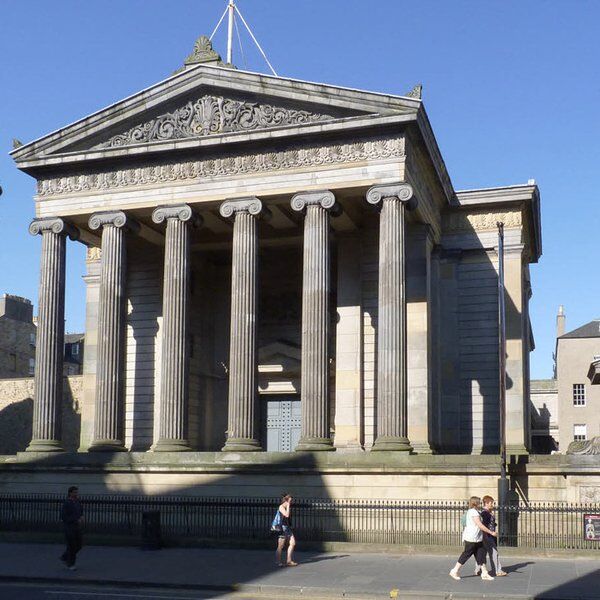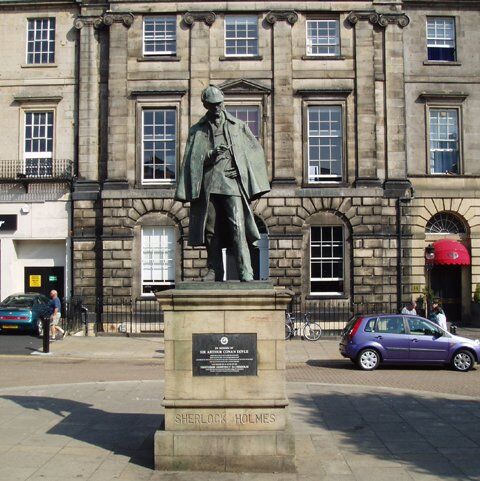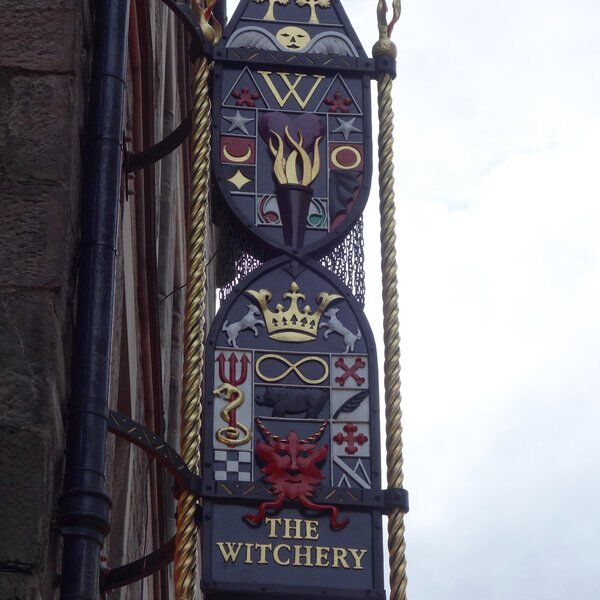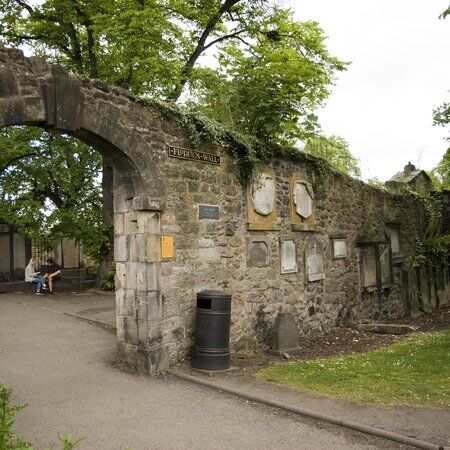
Flodden Wall: Edinburgh's Historical Fortification
Along the Royal Mile in the heart of Edinburgh, where the cobbled streets echo with tales of centuries gone by, there stands a silent sentinel of the city's tumultuous past — the Flodden Wall. An often-overlooked testament to Edinburgh's history, this ancient fortification has weathered the passage of time, preserving stories of sieges, invasions, and the resilience of a city that has stood the test of centuries.
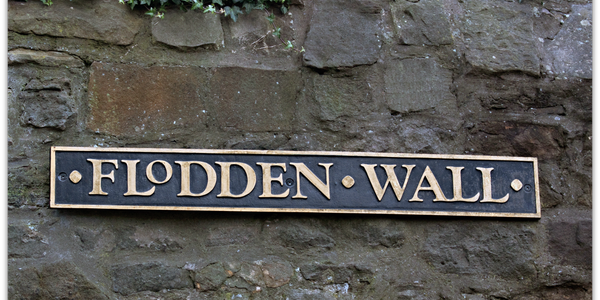
Whilst the partially demolished 24 ft Flodden Wall might seem insignificant today, in mediaeval times it was a mighty defence that completely surrounded Old Town Edinburgh. Alongside the King’s Wall and Telfer Wall its intention was to protect the city and its 10,000 citizens from outside attacks. However, the walls were never never particularly successful defensive structures and were easily breached on a number of occasions. Consequently, they served more as a means of controlling movement of merchants and smugglers into and out of the city. By the mid-18th century the wall had reached its defensive and trade purposes and was slowly demolished. Today, a few surviving fragments of Flodden Wall remain and are among many of the interesting historical landmarks to check out as part of your trip to Edinburgh.
The Battle of Flodden
What triggered the Battle of Flodden?
In the 16th century Scotland and France had a defence pact, which primarily concerned England. As a result, when King Henry VIII invaded France in May 1513, Scotland mobilised. After King Henry’s rejection of the ultimatum to pull back troops from France – with French funded weapons and military personnel – King James IV led a 34,000-strong Scottish army into England.
The Battle
Anticipating the invasion, King Henry sent a small army of 26,000 men to greet the Scots in the North. King James had positioned his army in strategically advantageous positions atop three hills, one of which was Flodden. What ensued was the bloody Battle of Flodden Field wherein between 10,000 Scots were killed, including King James. This was Scotland’s worst ever military defeat. As a contrast, only 1,500 English were killed.

Repercussions of the Battle: A Sentinel Against Invaders
It was a humiliating loss for Scotland, which due to the death of their king and the ascension of his 17-month old son, also created political instability in the country. Fearful that King Henry would take advantage of this and invade the country, James V’s mother, the acting regent, ordered the construction of the Flodden Wall. The wall aimed to fortify Edinburgh against potential invasions during a tumultuous era when the city, much like the rest of Europe, grappled with the ever-present threat of conflict. It was reportedly erected by women and children due to the significant loss of life in the Flodden Battle.
The Anatomy of the Wall
Once completed in 1560, the Flodden Wall circled the mediaeval heart of Edinburgh, stretching almost 140 metres from the Castle Rock to the Palace of Holyroodhouse. Made of sandstone (laid out in a random rubble style) and interspersed with defensive towers, the wall served as a formidable barrier against external threats. It encapsulated the Old Town, protecting its labyrinthine alleys and historic buildings. But with a rising population and no way to build outwards, architects could only build upwards. Therefore, it can be argued that Edinburgh looks the way it does today because of the Flodden Wall.
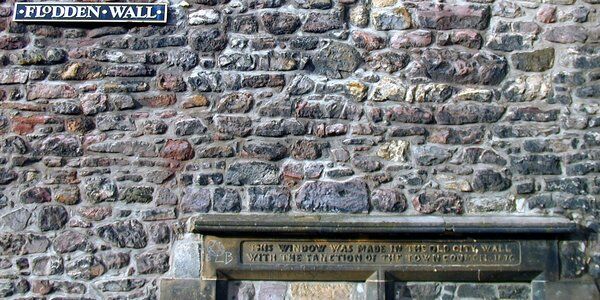
Trade, Tax, and Smugglers
Whilst the Flodden Wall stood as a sentinel against invaders, its design would not be able to withstand a full scale invasion. Instead, the six ports that guarded the entrances meant it was more useful at controlling the flow of people, goods, and animals; facilitating taxation, preventing the spread of disease, and deterring smugglers.
An Evolving Cityscape
As Edinburgh expanded and evolved, and given the high taxation every time someone wanted to enter or exit the city, the Flodden Wall faced challenges in keeping pace with the evolving cityscape. Over the centuries, portions of the wall were dismantled to accommodate urban development or were simply not restored when they fell into disarray. But remnants can still be found discreetly woven into the city's fabric.

Traces of the wall are clearly visible in places like Greyfriars Kirkyard and at the far Southwestern end of The Grassmarket, near Edinburgh Castle, in The Vennel. But the old stones on Forrest Road, and where Drummond Street intersects Pleasance, also act as a window into Edinburgh’s fortified past. Wandering through these streets is akin to turning the pages of a historic palimpsest, with the stones testifying to the ebb and flow of Edinburgh's history.
Hidden Gems Along the Wall
Exploring the remnants of the Flodden Wall unveils hidden gems and points of interest. From the atmospheric closes of the Old Town to the charming outlooks offering panoramic views of the city, the path along the wall is laden with discoveries waiting to be made. Notable sites include the Netherbow Port, one of the original gates, and the Museum of Edinburgh, which provides insights into the city's past.
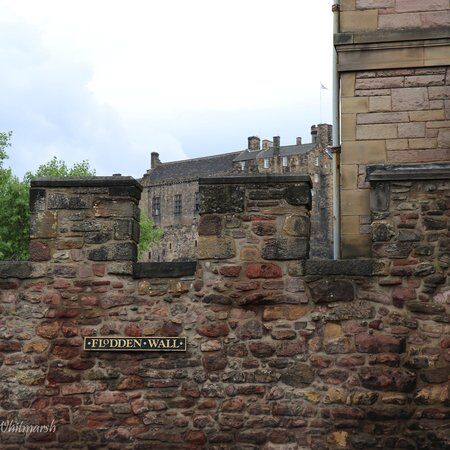
Preserving the Flodden Wall for the Future
While much of the Flodden Wall has vanished, the remaining fragments are protected monuments. There is also a special entrance within the National Museum of Scotland, which leads to a preserved section of the wall. But this requires permission from the staff and is not typically open to the public.
Far beyond any physical dynamics the spirit of Flodden Wall endures in the collective memory of Edinburgh's residents and in the remnants that continue to shape the cityscape. Efforts to preserve and highlight these historic elements contribute to a richer understanding of Edinburgh's cultural heritage.
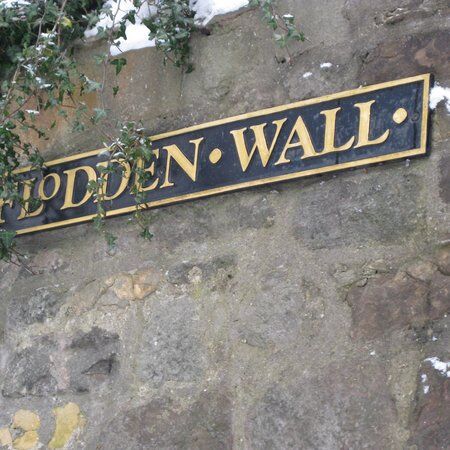
Our Thoughts…
For those enamoured with history and seeking a connection to the past, a stroll along the Flodden Wall's path is an immersive experience. It is an opportunity to envision a time when the city was a patchwork of stone and mortar, a fortress against external threats, and a testament to the indomitable spirit of Edinburgh. Guided tours and historical maps can provide invaluable insights into the specific locations where the wall once stood.
Interested in finding more places like this? Try one of our Treasure Hunts in Edinburgh - untangle cryptic clues as a team, as you are taken on a journey to the most unique, unusual and bizarre corners of Edinburgh.
Alternately, read more about strange, unusual and quirky places in Scotland in our blog.
